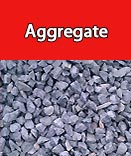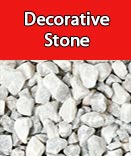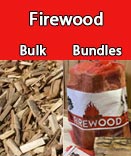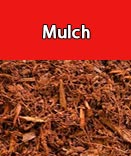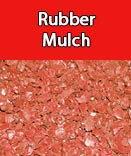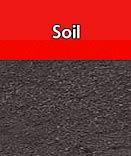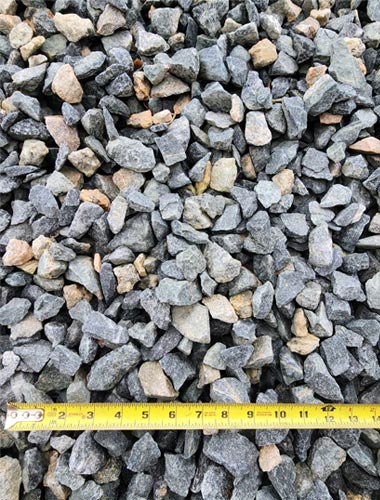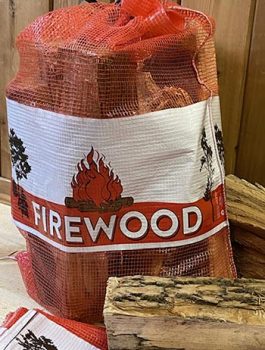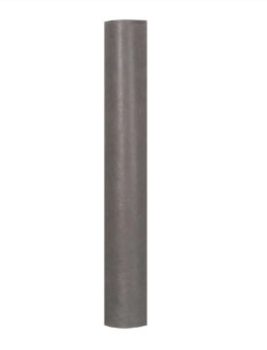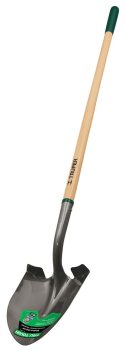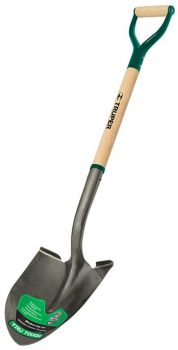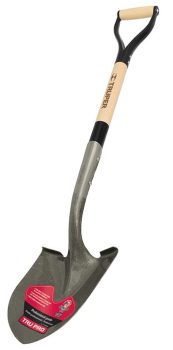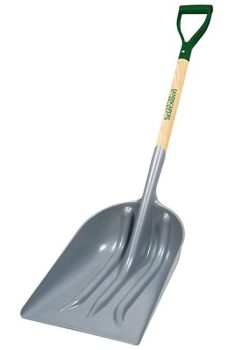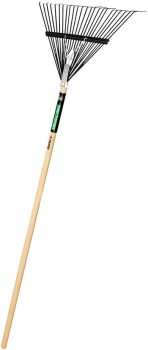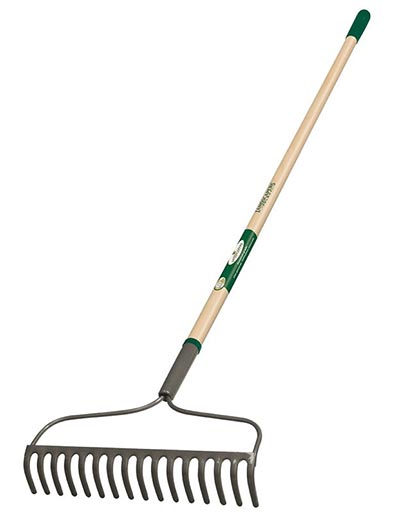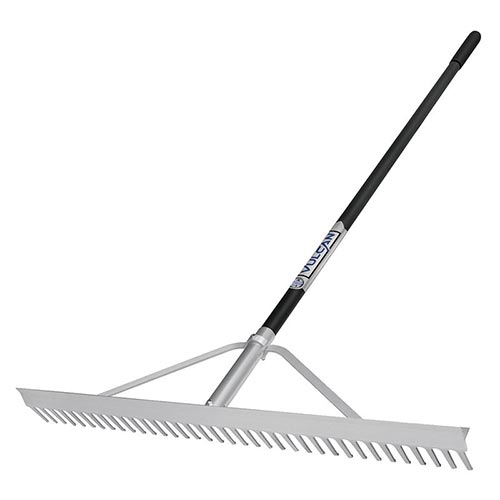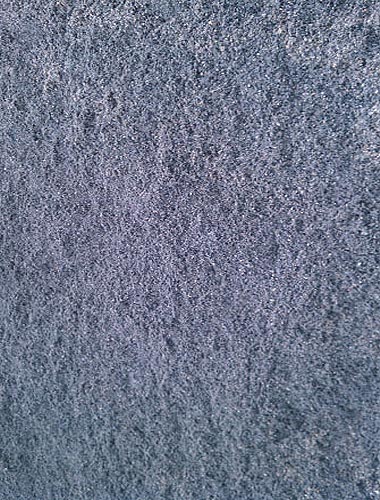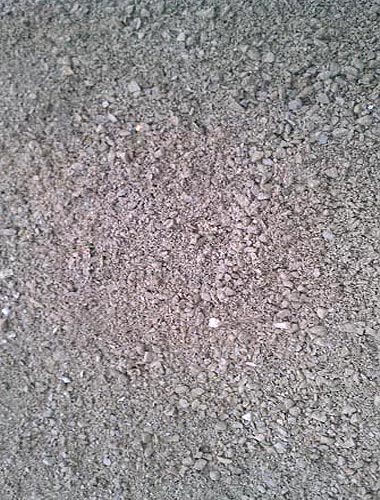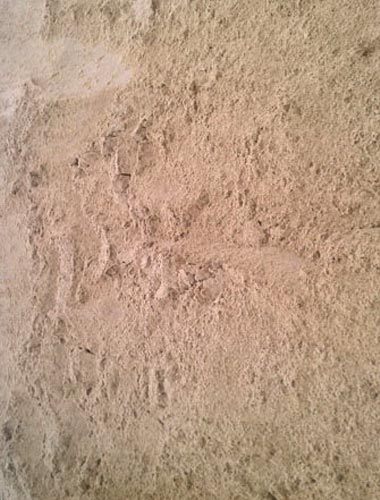Are you looking to add some magic to your outdoor space? Look no further than the transformative power of mulch. Mulch is not only a simple gardening accessory but a game-changer for your landscape. It not only adds visual appeal but also offers countless benefits for your plants and soil.
MassMulch, understands the importance of a well-maintained landscape, and that’s why we’re excited to share some mulching tips with you if you’re just beginning with your landscaping. In this article, we’ll explore how mulch can help you create a beautiful and thriving garden.
Mulch acts as a protective blanket for your soil, reducing moisture evaporation and preventing the growth of weeds. It also regulates soil temperature, keeping it cool in the summer and warm in the winter. Plus, as mulch breaks down, it enriches the soil with essential nutrients.
Whether you’re starting a new garden or refreshing an existing one, mulch is the secret ingredient to take your landscape to the next level. Get ready to unlock the magic of mulch and transform your outdoor space into a stunning oasis.
Benefits of using mulch in landscaping
Mulch is not just about aesthetics; it brings a range of benefits to your landscape. One of the primary advantages of using mulch is its ability to conserve moisture in the soil. By acting as a protective blanket, mulch prevents water evaporation, allowing your plants to stay hydrated for longer periods. This is especially crucial during the hot summer months when water scarcity in Massachusetts becomes a concern.
Additionally, mulch acts as a natural weed suppressant. By covering the soil, it blocks sunlight from reaching weed seeds, preventing their germination and growth. This eliminates the need for excessive weeding, saving you time and effort in maintaining your garden. If you really want to avoid problems with weeds then we recommend placing landscape fabric under your mulch which will prevent weed seeds from popping up (and yes we do sell landscape fabric!).
Mulch also plays a vital role in regulating soil temperature. During the scorching summer, it keeps the soil cool by reducing surface temperature and minimizing heat stress on the roots. Conversely, in colder months, mulch acts as an insulating layer, protecting the roots from frost and extreme temperature fluctuations.
Moreover, as mulch breaks down over time, it enriches the soil with organic matter and essential nutrients. This organic matter improves soil structure, enhances drainage, and fosters beneficial microbial activity. The added nutrients contribute to the overall health and vitality of your plants, promoting robust growth and vibrant blooms.
In summary, the benefits of using mulch in landscaping are multifaceted. It conserves moisture, suppresses weeds, regulates soil temperature, and enriches the soil with nutrients. By incorporating mulch into your garden, you can create a thriving, low-maintenance landscape.
Types of mulch materials
When it comes to mulch, you have a wide range of materials to choose from, each with its own unique properties and appearance. Here are some popular types of mulch materials:
- Wood chips : Wood chips are a classic choice for mulching. They are made from a variety of tree species and come in different sizes, colors, and textures. Wood chips decompose slowly, making them a long-lasting mulch option. They provide excellent weed suppression and moisture retention properties.
- Bark mulch : Bark mulch is derived from the outer bark of trees and is available in different forms, such as shredded bark or bark nuggets. It has a natural, rustic appearance and is known for its durability. Bark mulch is particularly effective at retaining moisture and regulating soil temperature.
- Straw : Straw mulch is derived from the stalks of grain crops like wheat or oats. It is a lightweight option that decomposes relatively quickly. Straw mulch is ideal for vegetable gardens as it helps retain moisture and suppresses weeds. However, it may not be as visually appealing as other mulch materials.
- Grass clippings : Grass clippings can be an easily accessible mulch option for many homeowners. They are rich in nitrogen and quickly break down, providing nutrients to the soil. However, they should be used in thin layers to prevent matting, which can hinder water penetration.
- Leaves : Fallen leaves can be a valuable resource for mulching. Shredded leaves make an excellent mulch material, providing weed control and improving soil structure as they decompose. They are readily available in the autumn season and are a sustainable option for your garden.
These are just a few examples of the many mulch materials available. Consider the specific needs of your plants, the desired aesthetic, and the availability of materials in your area when choosing the right mulch for your landscape.
Applying mulch effectively
To make the most of mulch in your landscape, it’s essential to apply it correctly. Here are some tips for effective mulch application:
- Prepare the area : Before mulching, clear the area of existing weeds and debris. This will ensure that the mulch layer is applied directly to the soil, maximizing its benefits. Consider placing landscape fabric in areas where you don’t want to be pulling out weeds from in the future.
- Apply an appropriate depth : The ideal depth of mulch varies depending on the material used. As a general guideline, a layer of 2 inches is usually sufficient. However, some materials, like straw, may require a thicker layer to provide effective weed suppression.
- Leave space around plant stems : When applying mulch, be careful not to pile it directly against the stems or trunks of your plants. This can create a moist environment that promotes rot and disease! Leave a small gap around the base of each plant to allow for proper air circulation.
- Avoid mulch volcanoes : Mulch should be spread evenly and should not resemble a volcano-shaped mound around the base of a tree or plant. This practice, known as “volcano mulching,” can suffocate the plant and lead to root rot. Instead, create a shallow depression around the plant to prevent water runoff.
- Mulch beyond plant drip lines : Extend the mulch layer beyond the drip line of your plants. This ensures that the entire root zone is covered and protected. It also helps prevent weeds from encroaching on your garden beds.
By following these guidelines, you can ensure that your mulch is applied effectively, maximizing its benefits and promoting a healthy landscape.
Mulch Maintenance and Replenishment
 Mulch is a versatile gardening material that requires regular maintenance and replenishment to ensure its effectiveness. By properly caring for your mulch, you can maximize its benefits and keep your landscape looking fresh and vibrant.
Mulch is a versatile gardening material that requires regular maintenance and replenishment to ensure its effectiveness. By properly caring for your mulch, you can maximize its benefits and keep your landscape looking fresh and vibrant.
Checking Mulch Depth
One of the most important aspects of mulch maintenance is checking the depth of your mulch layer. Over time, mulch can break down and decompose, resulting in a thinner layer that may not provide sufficient protection for your soil. It is recommended to maintain a mulch layer of about 2 inches deep.
To check the depth, simply take a garden rake or shovel and push it into the mulch. If you encounter soil too quickly, it’s time to replenish your mulch. On the other hand, if you can’t reach the soil at all, you may have too much mulch, which can lead to moisture retention and potential root rot. Maintaining the right depth will ensure adequate moisture retention and weed suppression.
Mulch Replenishment
Replenishing mulch is a necessary task that should be done annually or as needed. The frequency of replenishment depends on the type of mulch you use and the climate in your area. Organic mulches, such as wood chips or bark, break down faster and may need more frequent replenishment compared to inorganic mulches like stone or rubber.
To replenish your mulch, start by removing any debris or weeds that have accumulated on the surface. Then, simply spread a fresh layer of mulch over the existing one. Be sure not to exceed the recommended mulch depth to avoid suffocating your plants’ roots. A well-maintained mulch layer will help conserve moisture, suppress weed growth, and provide a polished look to your landscape.
Addressing Mulch Compaction
Over time, mulch can become compacted, which reduces its effectiveness in regulating soil temperature and retaining moisture. Compacted mulch can also hinder water and air circulation, negatively impacting the health of your plants. Regularly fluffing or loosening the mulch can help prevent compaction and promote better plant growth.
To address mulch compaction, use a garden rake or cultivator to gently stir the mulch. This will break up any clumps and allow air and water to penetrate the soil more effectively. As you fluff the mulch, you’ll also be preventing weed growth by exposing the weed seeds to sunlight, inhibiting their germination.
By following these maintenance practices, you can keep your mulch in prime condition, ensuring that it continues to provide the many benefits it offers to your landscape. Remember that mulch is not a one-time solution but an ongoing investment in the health and beauty of your garden.
Common Mistakes to Avoid When Using Mulch
While mulch can do wonders for your landscape, it’s important to be aware of some common mistakes that people make when using mulch. Avoiding these pitfalls will help you get the most out of your mulch and create a thriving garden.
Over Mulching
One of the biggest mistakes people make is using too much mulch. While a thick layer of mulch may seem like a good idea for weed control and moisture retention, it can actually harm your plants. Excessive mulch can suffocate plant roots by preventing oxygen and water from reaching them. It can also lead to excess moisture retention, promoting the growth of fungi and root rot.
To avoid over mulching, stick to the recommended depth of 2 inches. This thickness provides adequate weed suppression and moisture conservation without compromising the health of your plants. Remember that more is not always better when it comes to mulch.
Mulch Volcanoes

Another common mistake is creating mulch volcanoes around trees and shrubs. Mulch volcanoes occur when mulch is piled up against the trunk or stem of a plant, resembling a volcano shape. This practice can cause significant damage to your plants.
When mulch is piled against the trunk or stem, it creates a moist environment that encourages rot and disease. It can also attract pests and rodents that may harm your plants. To avoid mulch volcanoes, create a mulch-free space around the base of your plants, leaving a few inches of clearance between the mulch and the stems or trunks.
Incorrect Mulch Placement
Proper mulch placement is essential for its effectiveness. Many people make the mistake of placing mulch directly against the plant stems or tree trunks. This can cause moisture accumulation, leading to rot and disease. Mulch should be spread evenly around plants, leaving a gap around the base to allow air circulation and prevent moisture buildup.
Additionally, be cautious when mulching near the foundation of your house or other structures. Mulch that is too close to the foundation can trap moisture, potentially causing damage over time. Leave a gap between your mulch and the foundation to allow for proper drainage.
By avoiding these common mistakes, you can ensure that your mulch enhances your landscape rather than causing harm. With proper mulching techniques, you’ll enjoy the full benefits of mulch while maintaining the health of your plants.
Most Effective Ways to Mulch in Eastern Massachusetts
Mulching is an essential practice for gardeners in eastern Massachusetts. The region’s diverse climate and soil conditions require specific mulching techniques to ensure optimal plant health and landscape beauty. Here are some of the most effective ways to mulch in this area.
Choosing the Right Mulch
The first step to successful mulching in eastern Massachusetts is selecting the right mulch materials. Consider factors such as climate, soil type, and plant preferences when choosing your mulch. Some popular options for this region include wood chips, shredded bark, and compost.
Wood chips are a great choice for moisture retention and weed suppression. They break down slowly, providing long-lasting benefits. Shredded bark mulch is another popular option, offering a natural and attractive appearance. Compost can also be used as mulch, providing additional nutrients to the soil as it breaks down.
Mulching Timing
Timing is crucial when it comes to mulching in eastern Massachusetts. It’s best to apply mulch in the spring or early summer when the soil has warmed up and the risk of frost has passed. This will ensure that the soil retains warmth and moisture during the growing season while suppressing weed growth.
Avoid mulching too early in the spring when the ground is still frozen or too late in the summer when plants have already established. Applying mulch at the right time will give your plants the best chance to thrive in the region’s unique climate.
Mulching Techniques
Proper mulching techniques are essential for success in eastern Massachusetts. Start by removing any existing weeds or debris from the area. Then, apply a layer of mulch that is 2 to 4 inches deep, making sure to leave a gap around the base of plants and trees.
Avoid piling mulch against the trunks or stems of plants, as this can lead to rot and disease. Instead, spread the mulch evenly around the plant, extending it in a circle. This will help conserve moisture, regulate soil temperature, and suppress weed growth.
Mulch Maintenance
Once you’ve applied the mulch, it’s important to maintain it throughout the season. Regularly check the mulch depth and replenish as needed to ensure the recommended 2 inches. Address any mulch compaction by fluffing it with a garden rake or cultivator, promoting better air and water circulation.
In eastern Massachusetts, where the weather can be unpredictable, it’s important to monitor moisture levels under the mulch. If the mulch appears dry, water it thoroughly to ensure proper hydration for your plants.
By following these effective mulching techniques, you can create a thriving landscape in eastern Massachusetts. Mulch will help your plants withstand the region’s varying climates, conserve moisture, and suppress weed growth, resulting in a beautiful and healthy garden.
Enhancing Your Landscape with Mulch
Mulch has the power to transform your landscape into a stunning oasis. By acting as a protective blanket, mulch regulates soil temperature, conserves moisture, and suppresses weeds. It also enriches the soil with essential nutrients as it breaks down over time.
Maintaining and replenishing your mulch ensures its effectiveness in providing these benefits. Checking the mulch depth, addressing compaction, and avoiding common mistakes such as over mulching and mulch volcanoes are crucial for a successful mulching experience.
In eastern Massachusetts, where climate and soil conditions vary, choosing the right mulch materials and applying them at the right time is essential. Wood chips, shredded bark, and compost are popular options for the region. Proper mulching techniques, such as leaving a gap around plant bases and spreading the mulch evenly, will maximize its benefits.
Remember that mulch is not a one-time solution but an ongoing investment in the health and beauty of your garden. By embracing the magic of mulch and incorporating it into your landscape maintenance routine, you’ll create an outdoor space that is not only visually appealing but also thriving with healthy plants and soil.
Unlock the potential of your garden with mulch and watch as it works its magic, transforming your landscape into a place of beauty and tranquility. Start mulching today and experience the incredible benefits for yourself! We encourage you to place your mulch order with us sooner than later for your mulch needs. Simply select the mulch type, amount and your delivery date and MassMulch will help you prepare your landscape for the warmer months!

